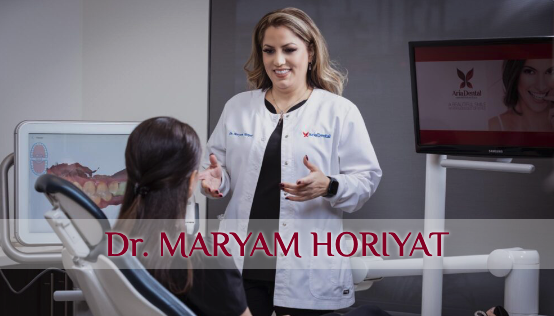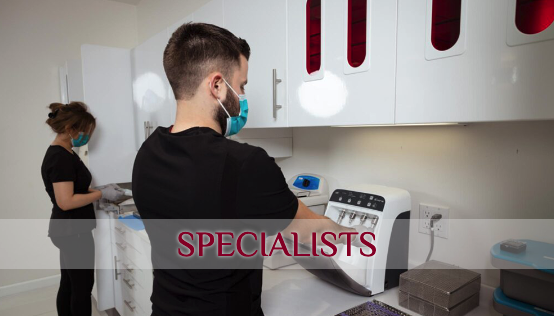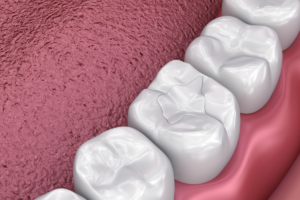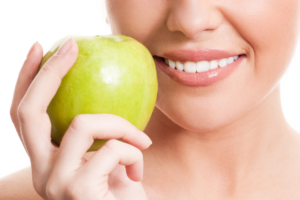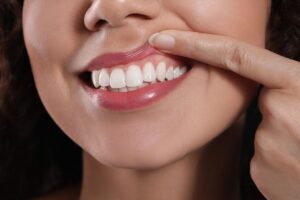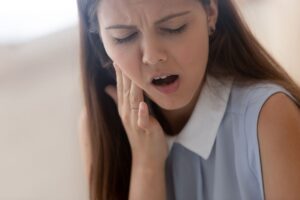Tooth brushing is something we all think we know how to do, until we realize there are parts that we are missing. This article covers everything you need to know about proper tooth brushing so you can care for your teeth better. If you are wondering whether you are doing everything right, this article is for you.
Tips You Need to Know Before Tooth Brushing

Before brushing your teeth, you need to choose a good toothbrush, and floss correctly. Follow these tips to see how you can achieve that:
When Did You Replace Your Toothbrush?
Check your toothbrush for any signs of bristles wearing out, leading to losing its flexibility and function. Old toothbrushes also contain microbes that could cause infections. So, make sure you replace your toothbrush every three to four months.
How Do You Choose the Right Toothbrush?

The best-recommended toothbrushes are the ones with soft nylon bristles. They can remove plaque and debris from your mouth without hurting the enamel or gums. Electric toothbrushes are also great options. However, don’t let it trick you into thinking that proper brushing is only possible using the electric ones. Regular brushes work just as fine.
How Do You Floss?
Every day before brushing you need to floss once so your toothbrush can remove the food and bacteria the floss takes out. You only need to break off a foot of the floss and gently work it between the teeth. If you are not comfortable with traditional flossing, there are flossers that are a piece of floss between two plastic supports.
What Are the Best Tooth Brushing Techniques?

One of the best tooth brushing techniques can be done in five easy steps:
Step One: Brushing the Front Teeth
Squeeze a little toothpaste onto your toothbrush and put it on the front teeth at a 45-degree angle. Never apply too much toothpaste because it foams up, and you might swallow it. Then, start brushing your front teeth with a gentle circular motion one by one. Don’t brush your front teeth side to side because it might hurt your enamel.
Step Two: Brushing the Molar Teeth
Molar teeth are the large, flat teeth in the back of the mouth that do most of the grinding for you. To brush these teeth, you need to do a series of short back-and-forth strokes. Start from the back molars of one side and work your way to the front ones, then move to the next side.
Step Three: Brushing the Inner Surface
In this step, you need to hold your toothbrush vertically to brush the inner surface of your teeth by up-and-down strokes. The bristles should reach your gumline and clean any plaque in this position.
Step Four: Keeping It Up for Two Minutes
If you divide your mouth into four parts and spend thirty seconds for each part, you will have the two minutes as your brushing routine. Brush the front, inner, and molar teeth of every part for thirty seconds, and you’ll never worry about dental problems.
Step Five: Brushing Your Tongue
Many people are not aware that you should brush your tongue as well as your teeth every day. It is recommended to gently rub your toothbrush on your tongue to remove bacteria and avoid bad breath. If your toothbrush has a tongue scraper, use it instead of the bristles.
Tips You Need After Tooth Brushing

Now that you have brushed your teeth, you need to rinse your mouth and use a mouthwash to prevent decay. Here are some tips for you:
Rinse Your Mouth and Toothbrush
There are still debates about whether you should rinse your mouth with water after brushing. Some experts recommend not to rinse, and others believe it’s okay to rinse with water. Nonetheless, everybody agrees that you should rinse your toothbrush after each use because it might have old bacteria on it.
Use Mouthwash
After tooth brushing, you can take a small sip of mouthwash and take it out after thirty seconds. You can also use mouthwash when you are in a hurry and can’t thoroughly brush.
You Are Doing All of This, And Still, There Are Plaques on Your Teeth?
You need the help of your dentist if you employ all the proper tooth brushing techniques and still have plaques. Hardened plaques are only removed by teeth cleaning and whitening at a dental office. Aria Dental Care in Orange County, California, provides a wide range of dental services, including cosmetic dentistry and teeth whitening. You just need to contact us for a consultation so our team can help you with your dream smile.
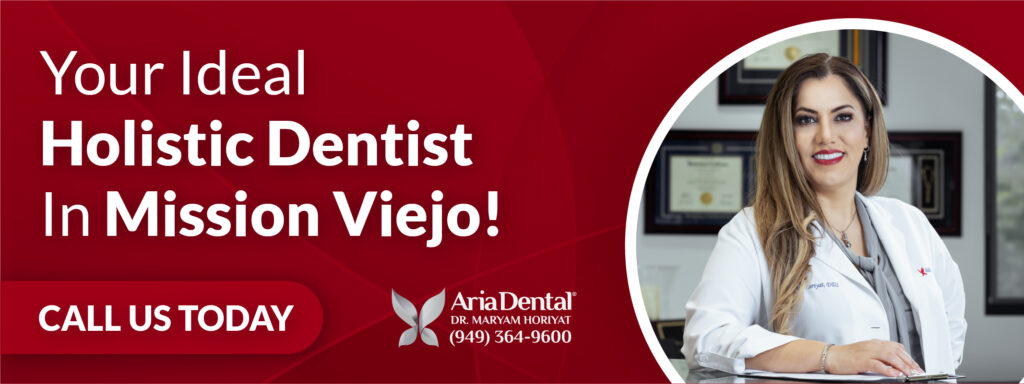
FAQ
Most Frequently Asked Questions
ADA recommends brushing your teeth for two minutes in the morning and two minutes at night.
Of course, brushing your teeth twice a day is recommended by every dentist.
It is really up to you to whether wet your toothpaste before brushing or use it dry.
It is best not to swallow toothpaste, but accidentally swallowing a small amount is safe.
Salt can seriously damage your teeth’ enamel and we don’t suggest this.
Dentists suggest you wait for ten minutes after brushing your teeth to drink water.







